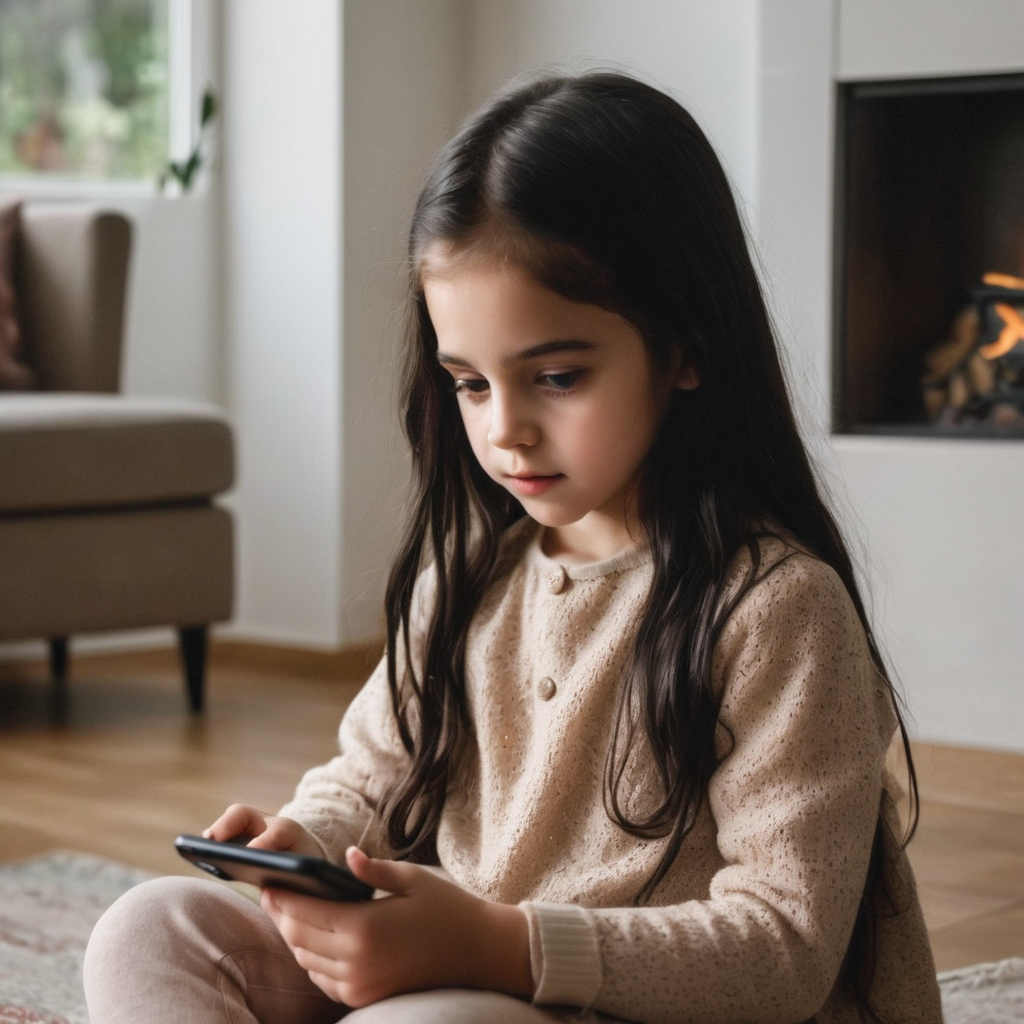how can i change my child behaviour to Creative skills rather than Social media Addiction?
how can i change my child behaviour to Creative skills rather than Social media Addiction? “Transforming Screen Time Addiction into Creative Brilliance: A Parent’s Guide to Fostering Skills in Drawing, Reading, and Music for Kids!” Title: “The Unplugged Canvas” In a bustling suburban neighborhood, Lolo, a concerned mother, noticed a shift in her daughter Gege’s behavior. Gege, once an avid reader and budding artist, now seemed tethered to her phone and social media. Worried about the impact on Gege’s well-being, Lolo decided to embark on a mission to guide her daughter towards healthier habits. One day, Lolo invited Gege to join her in a cozy corner of their home, away from the distractions of screens. She gently expressed her observations and concerns, emphasizing the importance of balance in life. Lolo shared stories of her own childhood pursuits, sparking nostalgia and curiosity in Gege’s eyes. To foster Gege’s love for the arts, Lolo introduced her to a collection of colorful art supplies and a blank sketchbook. With a twinkle of excitement, Lolo encouraged Gege to rediscover the joy of drawing and self-expression. Together, they spent afternoons exploring various artistic techniques, from sketching landscapes to experimenting with watercolors. Simultaneously, Lolo cleverly suggested engaging activities that didn’t involve screens. They selected captivating novels and began a mother-daughter book club, exchanging thoughts and feelings about the characters and plots they discovered. Recognizing the allure of social media, Lolo proposed a compromise. They designated specific times for phone usage, allowing Gege to stay connected with friends while nurturing her newfound interests. Gege, initially resistant, found solace in these creative endeavors, gradually shifting her focus away from the constant buzz of notifications. As weeks passed, the once-phone-bound Gege emerged as a young artist, engrossed in her sketchbook, and a dedicated reader, eagerly anticipating the next book club meeting with her mother. The transformative journey not only brought mother and daughter closer but also empowered Emma to explore her passions beyond the digital realm. In the quiet corners of their home, an unplugged canvas unfolded, painting a story of reconnection, creativity, and the enduring bond between a mother and her daughter. Read Full Articel Read Full Article A Using Behavior Change Techniques with Children as a Parent: 1. Set Clear and Achievable Goals: Example: The goal could be to spend at least 30 minutes a day on creative activities like drawing, reading, or practicing a musical instrument. 2. Positive Reinforcement:Example: If your child opts to draw instead of scrolling through social media, offer positive reinforcement by acknowledging their creativity and effort. 3. Model the Behavior:Example: Show enthusiasm for reading by sharing your own favorite books or spend time drawing together as a family. 4. Use Visual Aids:Example: Develop a colorful chart where your child can mark off each day they successfully spend time on drawing, reading, or playing music. 5. Consistency is Key:Example: If there’s a rule about limited screen time before bedtime, consistently enforce it to establish a routine. 6. Encourage Self-Monitoring:Example: Ask questions like, “How did drawing make you feel today?” to encourage self-awareness and positive self-reflection. 7. Involve Them in Goal-Setting:– Example: Let your child choose specific books, art projects, or musical pieces they’re interested in exploring during their designated creative time. 8. Create a Supportive Environment:– Example: Create a cozy reading nook with a comfortable chair, good lighting, and a selection of age-appropriate books. 9. Use Age-Appropriate Language:– Example: Share the joy of discovering new stories or the satisfaction of creating something beautiful through drawing or playing music. 10. Be Patient and Understanding:– Example: If your child struggles to reduce screen time initially, offer encouragement and reassurance, emphasizing that it’s okay to take small steps. 11. Celebrate Small Wins:– Example: Praise your child for their efforts, saying, “I love the creativity in your drawing! You’re doing an excellent job expressing yourself through art.” 12. Establish Routines:– Example: Set a regular time each day for creative pursuits, whether it’s before or after homework, creating a predictable and positive routine. Remember, the goal is to create a supportive and encouraging environment that inspires a shift in behavior. Be flexible, adapt strategies based on your child’s interests, and foster open communication to guide them toward developing new skills and reducing dependency on excessive screen time.



